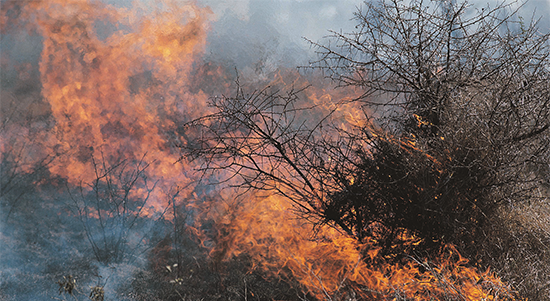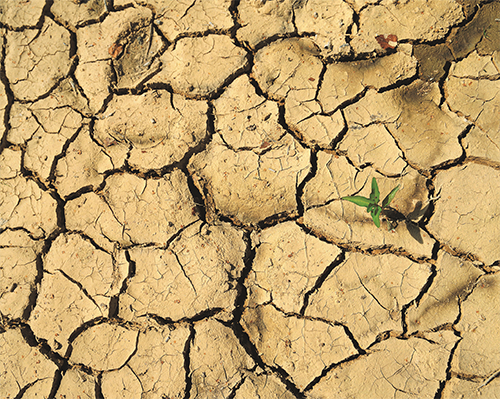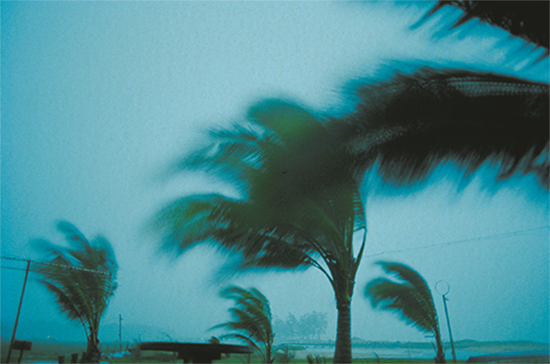It's a New Day in Public Health.
The Florida Department of Health works to protect, promote, and improve the health of all people in Florida through integrated state, county, and community efforts.
Building Resilience Against Climate Effects (BRACE)
Florida State University, BRACE Program Manager

The Building Resilience Against Climate Effects (BRACE) Program at the Florida State University (FSU) is working to improve the ability of the public health sector to respond to health effects related to climate variability. This will be done by incorporating the best available climate science into routine public health practice.
In order to achieve this goal, the BRACE Program is analyzing the current and projected future impacts of climate on health. The program will be developing a Florida climate and health adaptation plan. What FSU recommends in order to adapt to climate variability will help communities plan for these events and will help to lessen the impacts from climate-sensitive health outcomes now and in the future. The BRACE Program is also working to increase public awareness of climate-sensitive health outcomes and to promote healthy actions to reduce risk.
- BRACE Framework
- Priority Hazards
- Vulnerability Assessment
- Partners
As part of the CDC’s Climate-Ready States and Cities Initiative, the BRACE Program is working with internal and external partners to implement the five-step BRACE Framework developed by the CDC.
Step 1: Forecasting Climate Impacts and Assessing Vulnerabilities
Step 2: Projecting the Disease Burden
Step 3: Assessing Public Health Interventions
Step 4: Developing and Implementing a Climate and Health Adaptation Plan
Step 5: Evaluating Impact and Improving Quality of Activities
 Priority climate hazards for the BRACE Program include hurricanes and other storms, sea level rise, flooding, drought, extreme heat, and wildland fires. The BRACE Program is developing a series of climate and health profiles that will identify and describe key risk factors and health impacts anticipated in Florida.
Priority climate hazards for the BRACE Program include hurricanes and other storms, sea level rise, flooding, drought, extreme heat, and wildland fires. The BRACE Program is developing a series of climate and health profiles that will identify and describe key risk factors and health impacts anticipated in Florida.
Priority Hazard Profiles
Health Effects of Summer Heat in Florida
Health Effects of Tropical Storms and Hurricanes in Florida
Health Effects of Precipitation Abundance and Deficits in Florida
Touchstone Event Summaries
The BRACE Program has also developed a series of touchstone event summaries that highlight exceptional weather events and related health outcomes in Florida. Experiences and memories from historical events can highlight the importance of public health preparedness and adaptation planning.
What is a vulnerability assessment?
Vulnerability assessments serve as a tool to identify populations and geographic regions that may be at risk so that communities can become more prepared and resilient to hazards, like extreme weather.
The BRACE Program collaborated with the University of South Carolina Hazards and Vulnerability Research Institute (HVRI) to produce a vulnerability assessment for seven priority hazards.
Existing climate scenarios project heat, drought, and sea level rise vulnerability to the year 2100 with a high, medium, and low range of outcomes for these three hazards. Hurricane winds, storm surge, flooding, and wildland fire are more difficult to project into the future due to a significantly smaller geographic impact. For these four hazards, probability indexes were used in conjunction with historical patterns to explain possible changes to Florida’s long-term weather.
To quantify social and medical vulnerability to these priority hazards, HVRI employed the Social Vulnerability Index (SoVI) and the Medical Vulnerability Index (MedVI). These indexes were used in conjunction with hazard maps to visually display the intersection of the social vulnerability to hazards as well as the medical vulnerability to hazards throughout the State.
Climate-Sensitive Hazards Report
Climate-Sensitive Hazards in Florida: Full Report
Climate-Sensitive Hazards: Chapter Downloads
BRACE Program staff work with many partners within the DOH, other state agencies, climatologists, emergency managers, university researchers, non-profits, and planners who are developing and implementing climate adaptation plans and programs. The BRACE technical advisory group, a group that provides advice and input to the program, is composed of experts working at the state, regional, and local level across Florida. The Centers for Disease Control and Prevention (CDC) National Center for Environmental Health, Climate-Ready States and Cities Initiative supports the Florida BRACE Program.
*Note: This page contains materials in the Portable Document Format (PDF). The free Adobe Reader (opens in a new window) may be required to view these files.




Connect with DOH